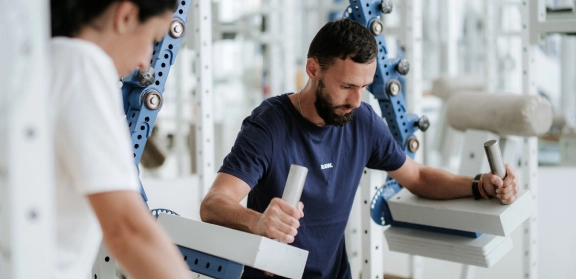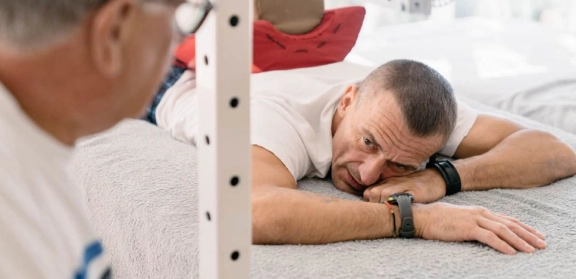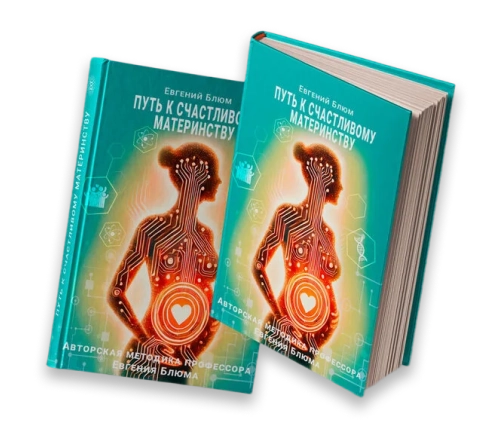Early Stroke Rehabilitation
Our medical strategy
Professor Blum's approach is fundamentally different in that the primary task of rehabilitation is not the training of lost skills, as is the case with most other methods, but rather the fundamental restoration of vital energy and the enhancement of the body's energy resources.
Once the body is filled with energy, natural mechanisms of self-recovery and self-integration are activated. Selective, precise interventions, in accordance with the laws of biomechanics, neurology, and rheology, optimise each of the body's life-supporting systems, improving blood flow, enhancing metabolic processes, cell renewal, and the removal of non-viable tissues from the body.
Eliminating energy deficiency is a necessary condition for the gradual recovery of motor skills such as walking, balance, coordination, and agility. Gradually, speech and cognitive functions are restored, allowing the patient to return to normal life.
Effectiveness of Rehabilitation in the Early Period After Stroke
The main 5 types of issues that people come to us with:
- Motor and movement impairments, general weakness
- Loss of memory, cognitive functions, difficulties with concentration
- Swallowing problems, speech difficulties
- Visual deterioration, blurred vision
- Impaired or lost daily living skills
A comprehensive individualised rehabilitation program is developed taking into account the patient's medical history, risk factors that led to the stroke, age, type of stroke, and the severity of its consequences.
General description of the problem
Early rehabilitation after a stroke begins in the 3rd to 4th week and lasts up to 3–6 months following the brain injury. During this period, the body's restorative abilities are at their peak, providing the best chances for recovering lost functions and mitigating the consequences of the stroke.
Thanks to the "neuroplastic window" — the brain's capacity for rapid healing and the formation of new connections lost due to damage. There are significant opportunities for full recovery, given a properly structured strategy and clearly defined rehabilitation priorities during the early phase.
-
Restoration of vital energy and enhancement of the body's energy resources to activate natural self-healing mechanisms.
-
Optimization of life-supporting systems through targeted influence on biomechanics, neurology, and rheology to improve blood flow and metabolic processes.
-
Elimination of energy deficiency as a prerequisite for the step-by-step restoration of motor skills, such as walking, balance, coordination, and maneuverability.
-
Gradual recovery of speech and cognitive functions.
-
Return of the patient to normal life.
Objectives of the program
-
Increase metabolismStroke recovery requires significant energy expenditure, making it essential to boost metabolic processes and ensure a high level of metabolism to create favourable conditions for brain recovery. Attempting to activate motor functions with residual low energy resources risks triggering a secondary stroke.
-
Brain restorationBrain restoration: from the epicentre of damage to the periphery, from the zone of total neuron death to the area of "dormant" neurons whose functions have ceased but can still be reactivated. The extent to which brain structures are restored and renewed determines the quality and quantity of functions we can recover. Maximising brain restoration is the primary focus of rehabilitation.
-
Prevention of recurrent strokeReplenishing overall vital resources, eliminating energy deficiency, restoring the functions of internal organs, body symmetry and geometry, and optimising energy expenditure are fundamental factors in preventing a second or third stroke.
Proprietary methodology
Professor Blum's Centre has specialised for many years in the effective early rehabilitation of stroke patients. The patented system of methods, techniques, and specialised equipment provides consistent results, allowing the elimination of stroke consequences while simultaneously preventing recurrence.
The patented rehabilitation equipment features unprecedented adaptability and precision, with a specified range of intensity. Essential angles, accelerations, and dozens of other controlled parameters lead to the desired response, even from the weakest muscle and fascial structures, activating neuroplastic and neuroprotective mechanisms. This creates conditions that enhance tissue regeneration processes, ensuring the potential to restore lost functions.
Continuous monitoring of movement range and specific neuromuscular responses guarantees safety, ensures consistency and predictability of results, and prevents any overload.
Patient stories
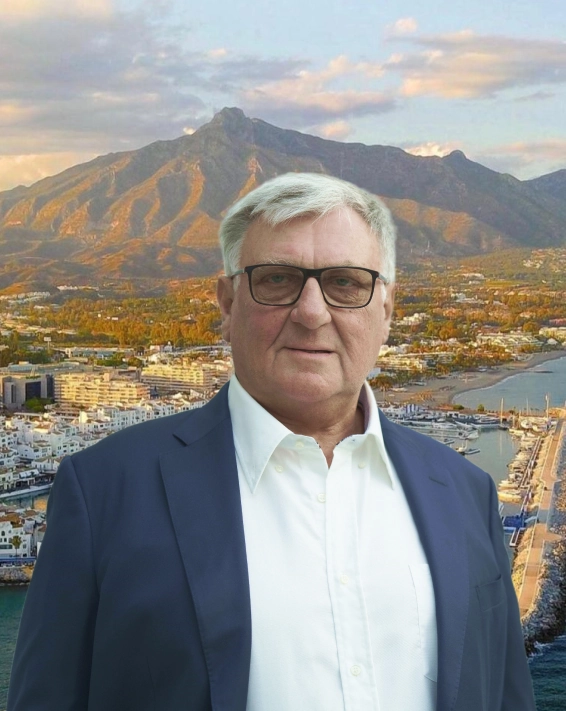
Professor Blum’s Exclusive Rehabilitation System
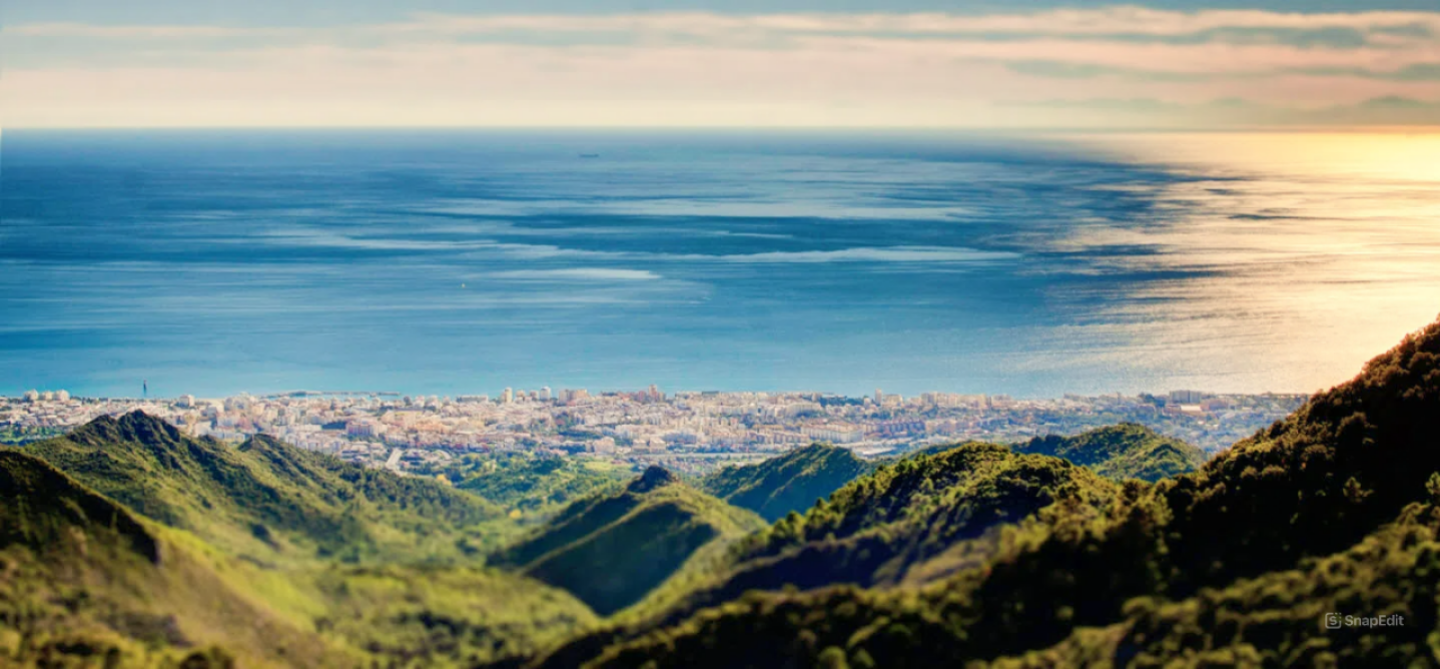
The center is located in a picturesque corner of the renowned resort town of Marbella, surrounded by cedar trees at the foot of La Concha mountain. Here, science and technology blend with nature, creating a space where the body returns to balance and harmony.
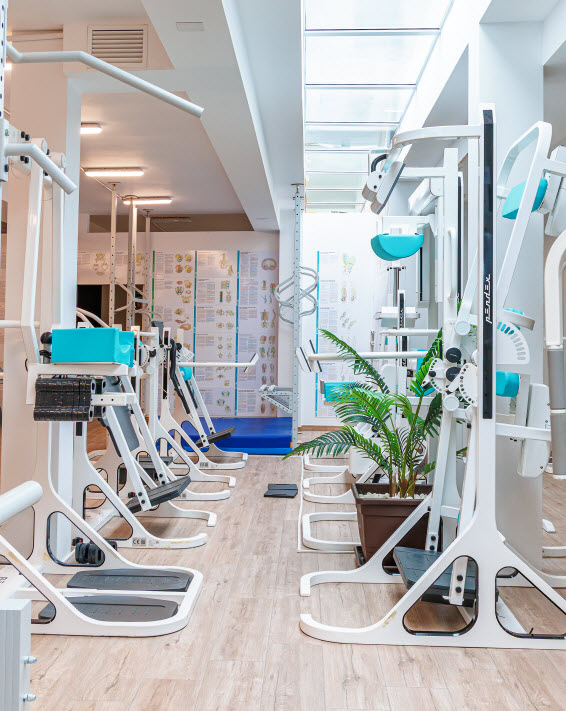
Technologies that deliver results
Select a program
- Personalized Health Recovery Programs
- Disease Prevention
- Customized Check-Up
Q&A
Yes, that's true. It is precisely because our Centre uses innovative methods and patented rehabilitation devices and modules that we achieve results that other rehabilitation clinics cannot. This is why patients from all over the world come to our Centre.
We accept patients in stable condition, when they no longer require inpatient treatment. We can pick up the patient from the clinic upon discharge and bring them directly to our Centre (including air transport). There is a hotel on site, equipped with all the necessary accommodations for people with disabilities and their caregivers.
Each patient gets a set of exercises to perform at home upon completing rehabilitation at our Centre.
Yes, we accept patients of all ages.
The main goal of rehabilitation is to provide the best possible quality of life. What does this mean? It means being able to make tea, go outside, walk the dog – in other words, do what you want and be free. Otherwise, the person depends on caregivers who do everything as they can and when they can, complicating life for both parties. Therefore, rehabilitation is crucial at any stage after a stroke.
We can answer this question after receiving the full medical history, all examination results, specialist conclusions, and a short video demonstrating the patient's current condition.
In neurology, there is the concept of a rehabilitation window – the period when maximum function recovery can be achieved. For stroke, this period is about a year, with the most critical 3-4 months being the first ones. During this time, patients and their families are often confused and unsure which method or clinic to choose, and time is of the essence. Therefore, you should start looking for a rehabilitation clinic while the patient is still in the hospital, so you have a clear action plan by the time of discharge. During this time, you can send us the medical history, all examination results, and specialist conclusions. We will analyse all the materials and prepare a preliminary rehabilitation program. This way, at the time of discharge, you will know where to go, what results to expect, and not lose precious time.
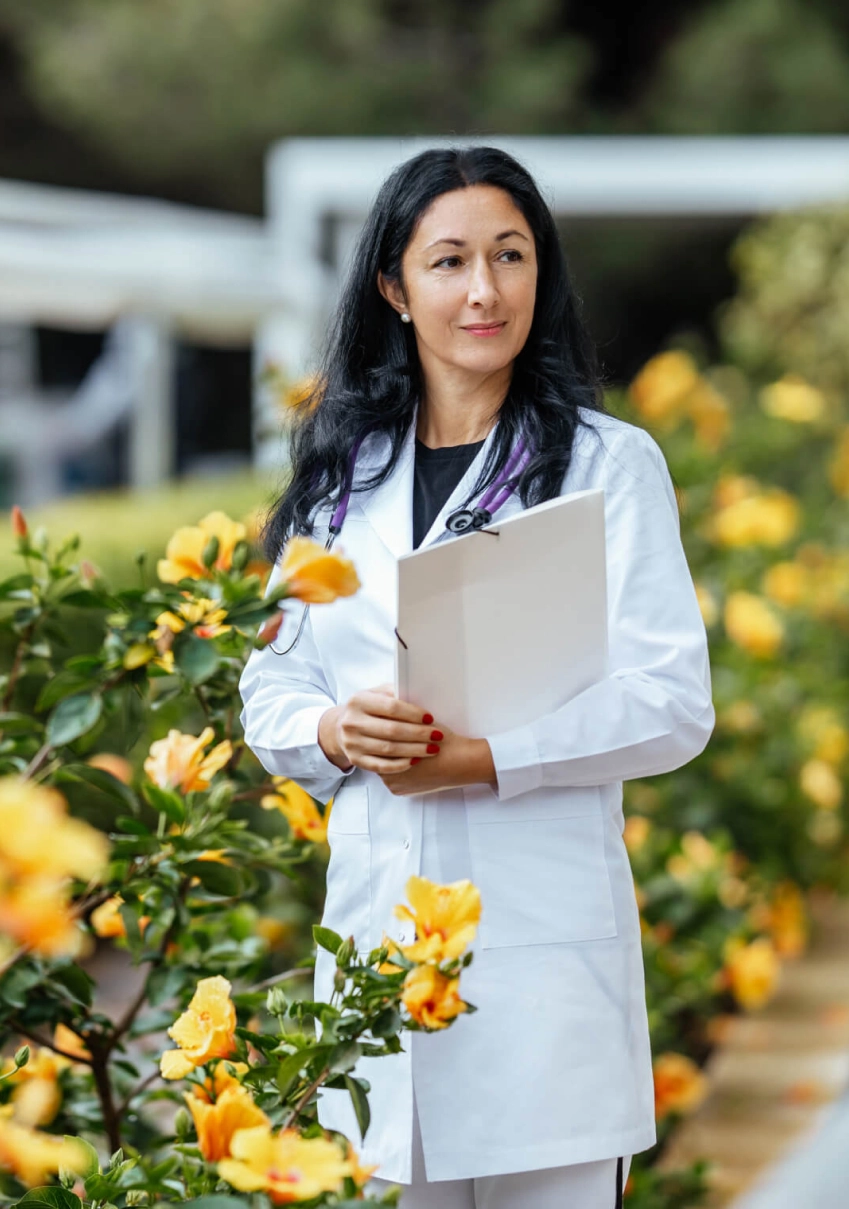
The cost of a course of treatment with a stay in a hotel
- Appointments and consultations
- Creating an individual program
- Conducting personal sessions
- Appointments and consultations
- Creating an individual program
- Conducting personal sessions
Other areas of work of our Center
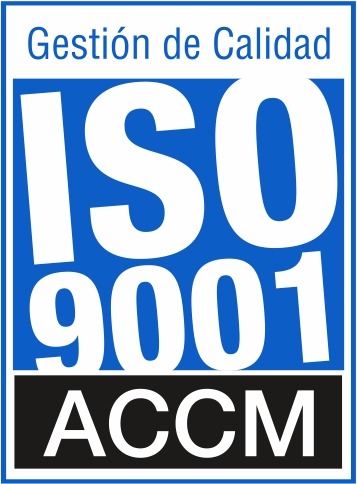






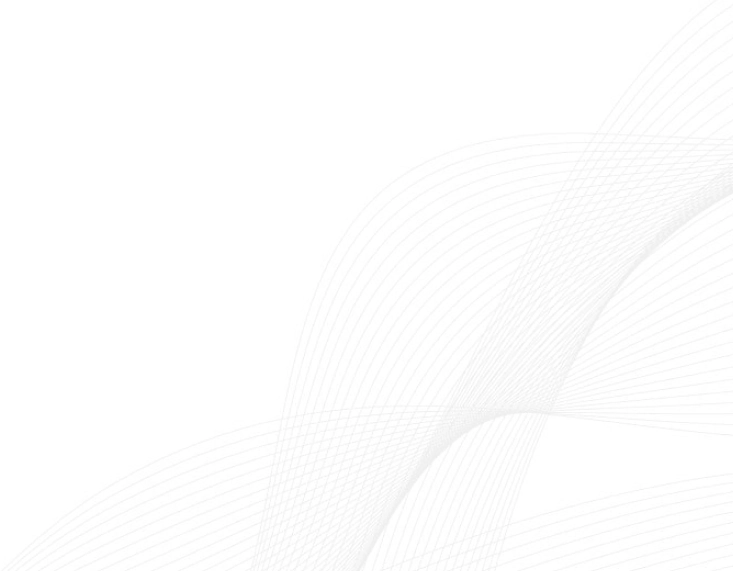

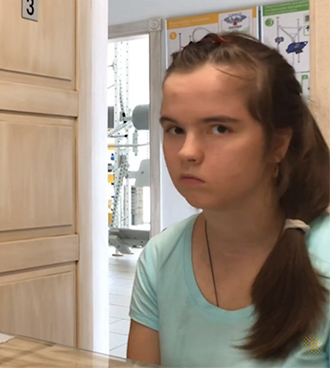

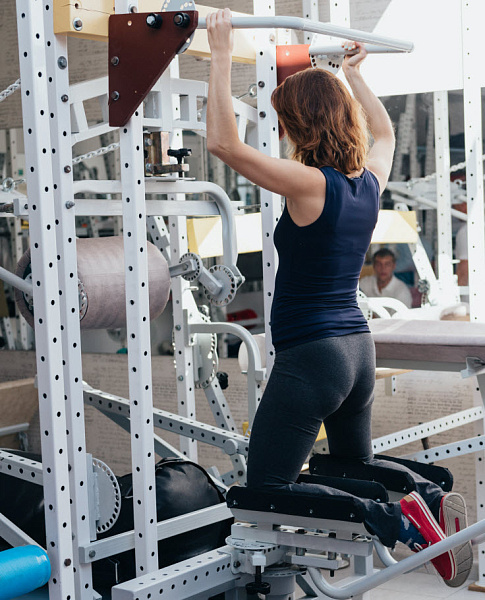
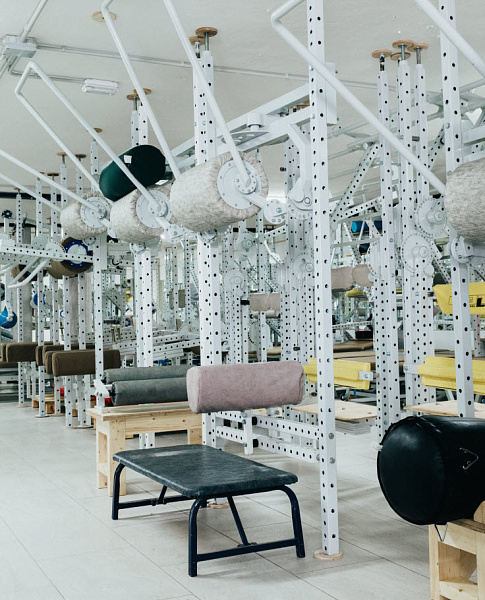

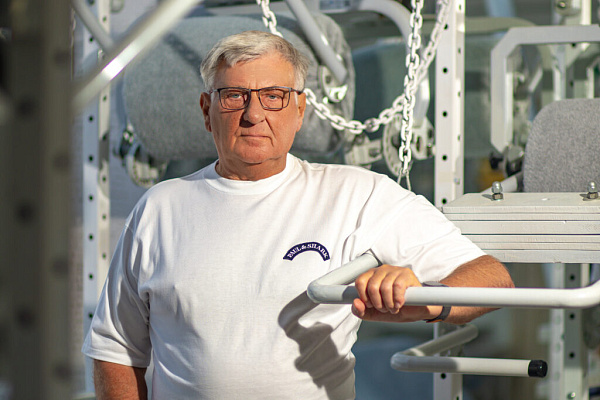
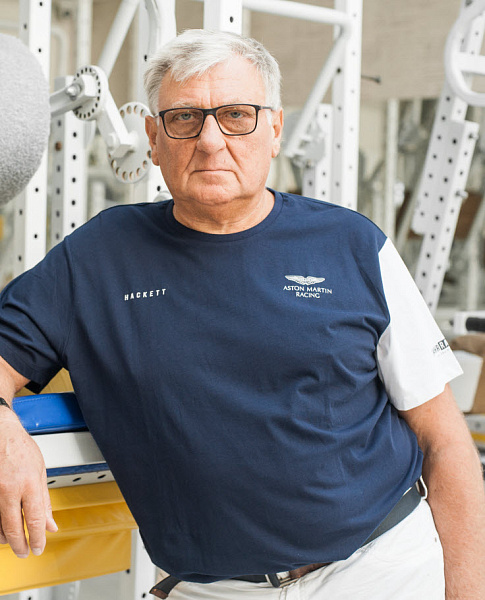
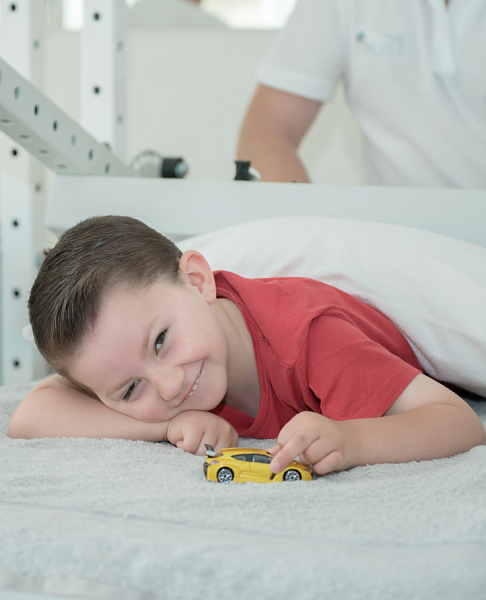
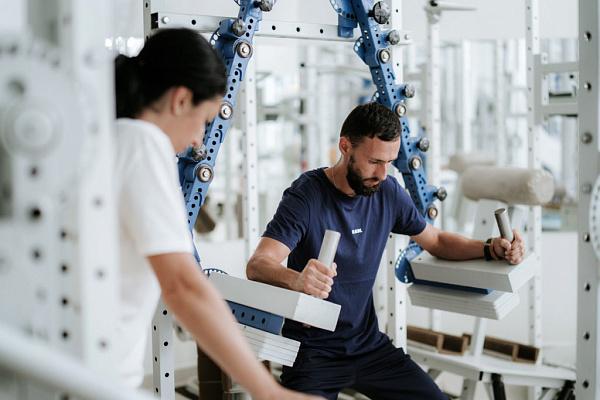
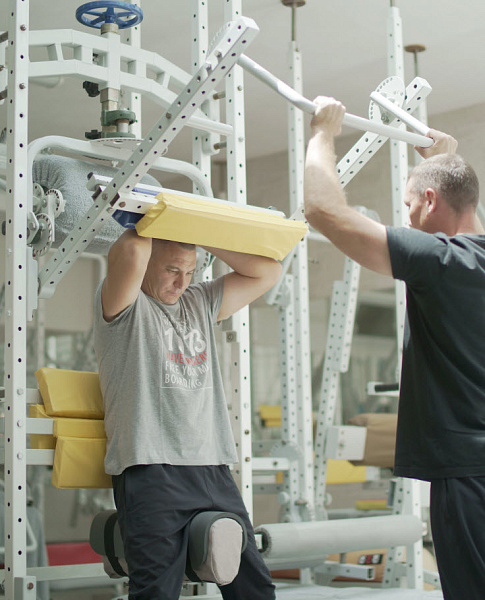
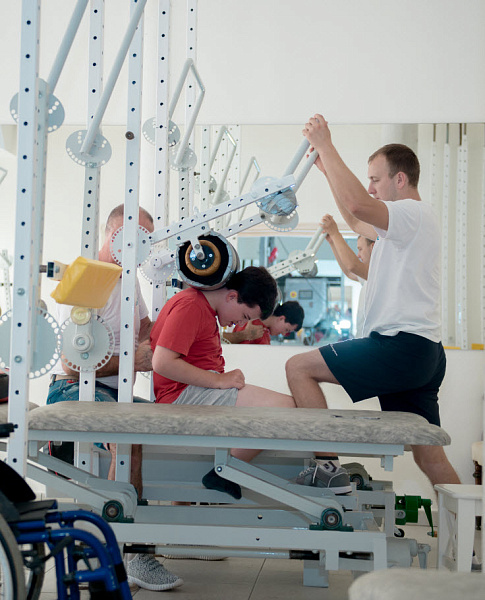
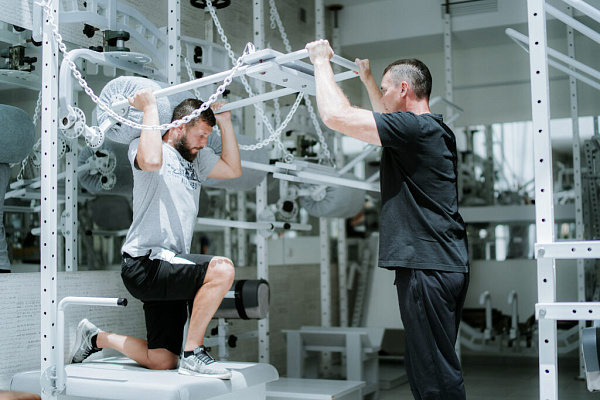
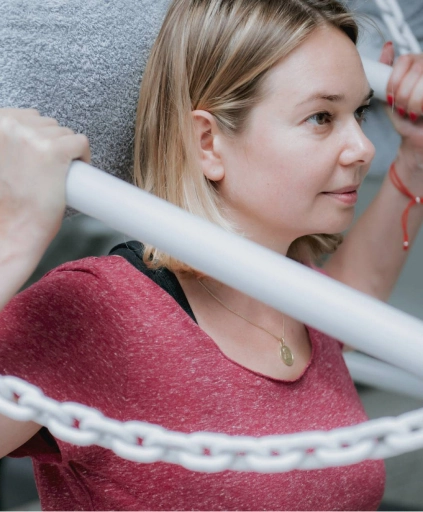
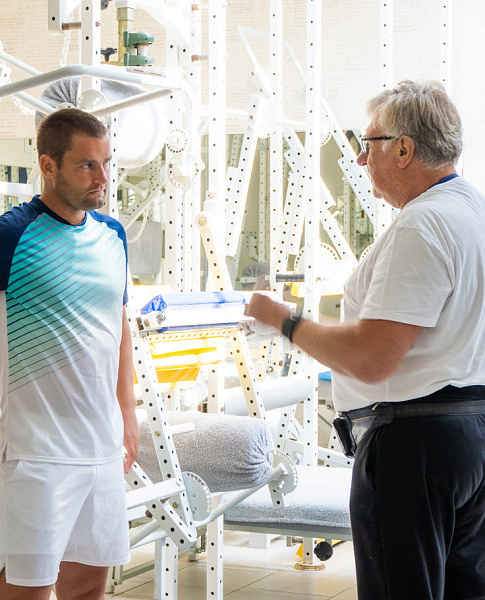

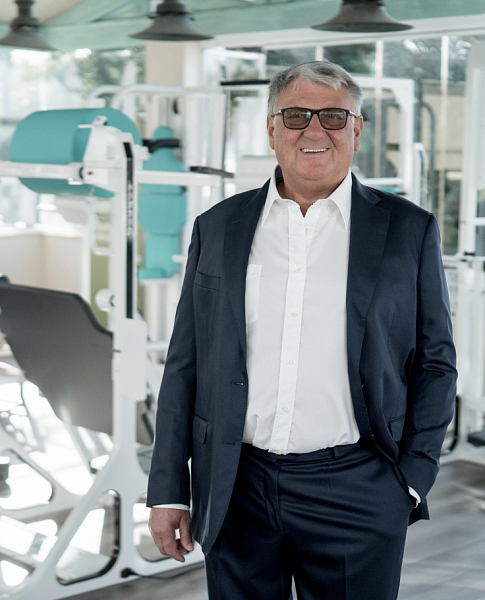

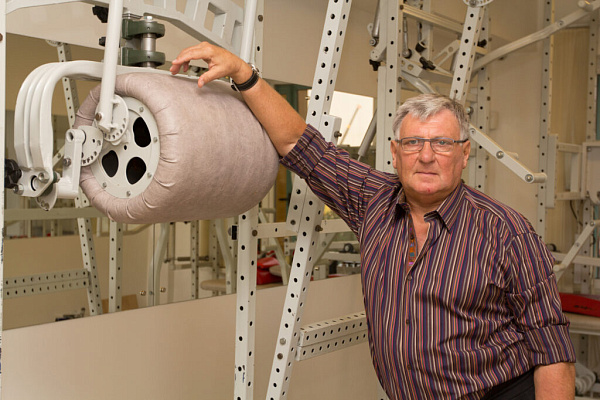
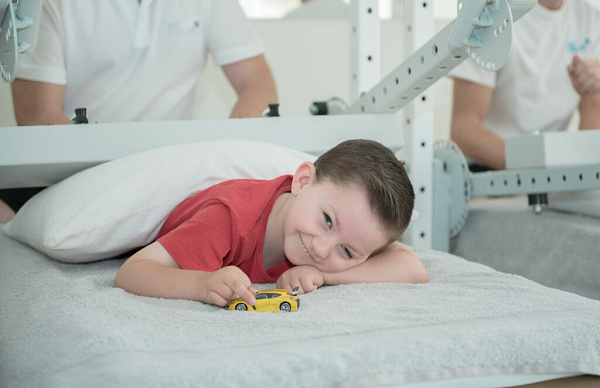
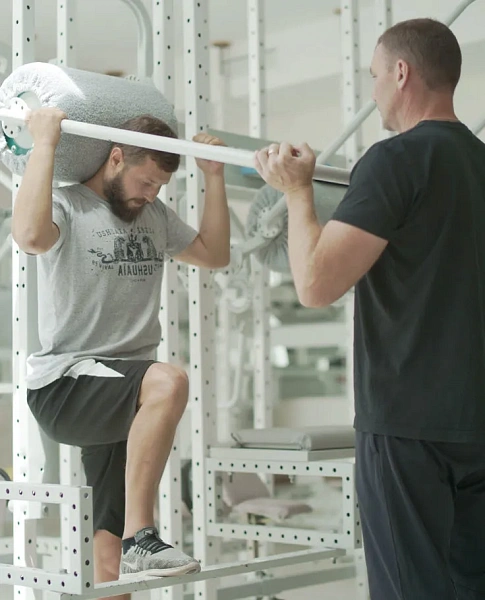
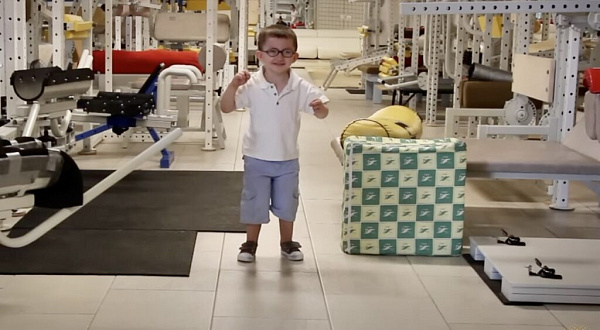
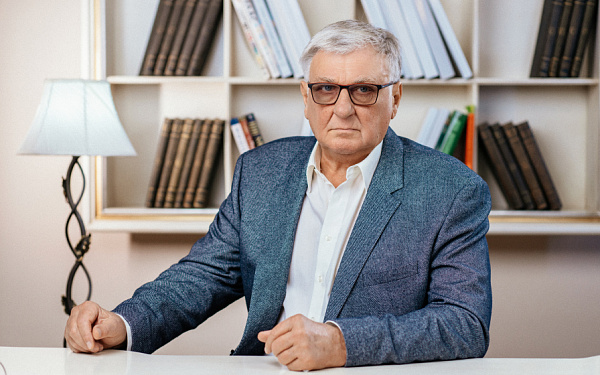
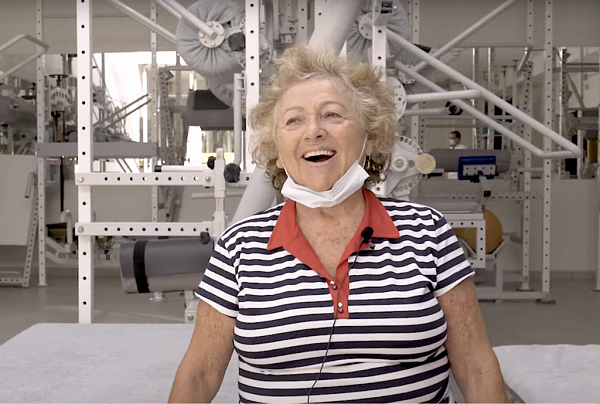

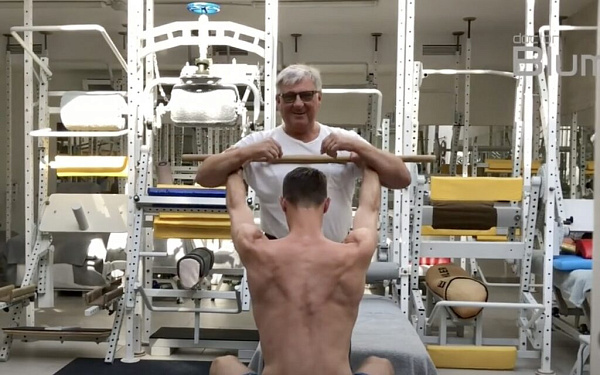
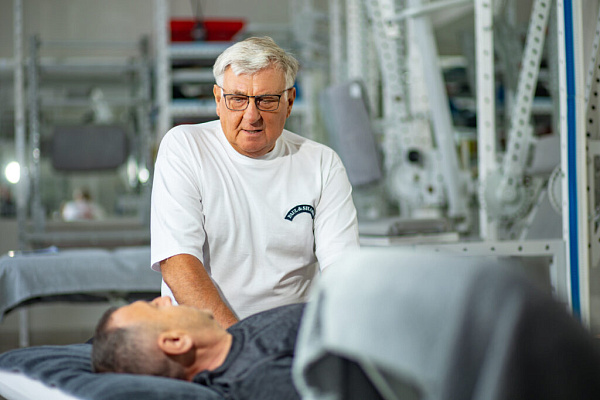

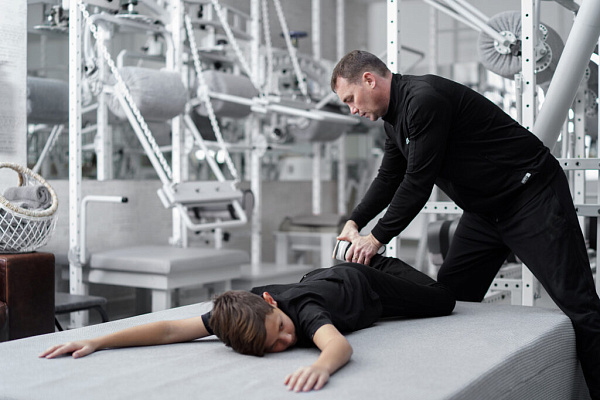

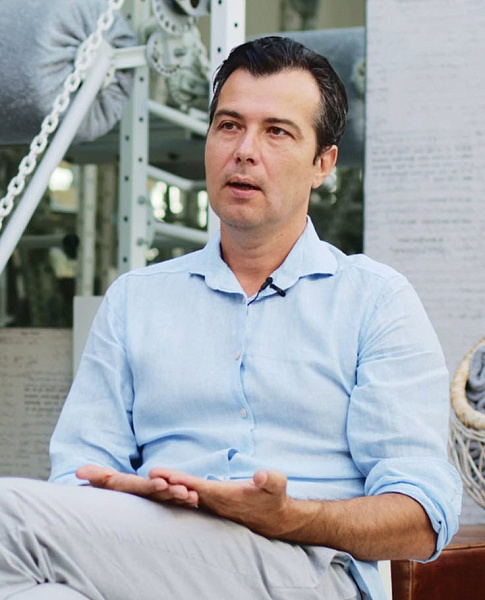
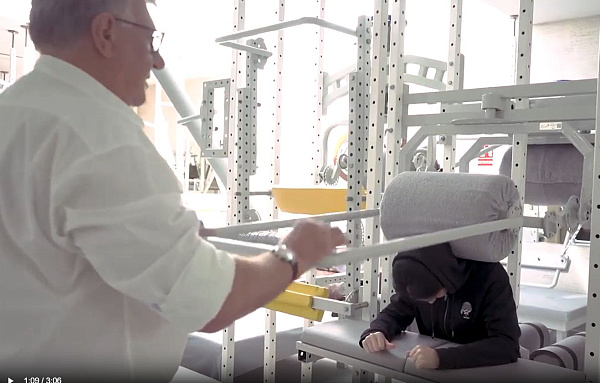
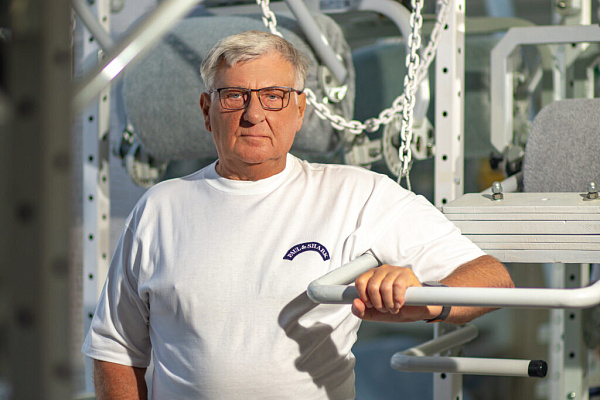
.webp)
